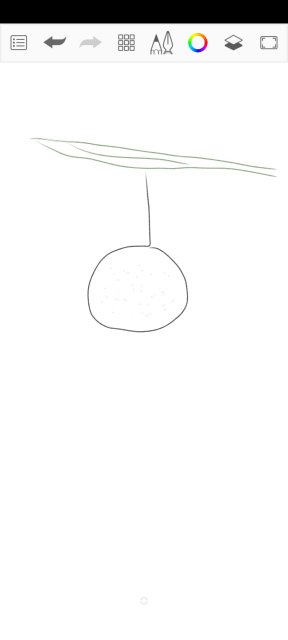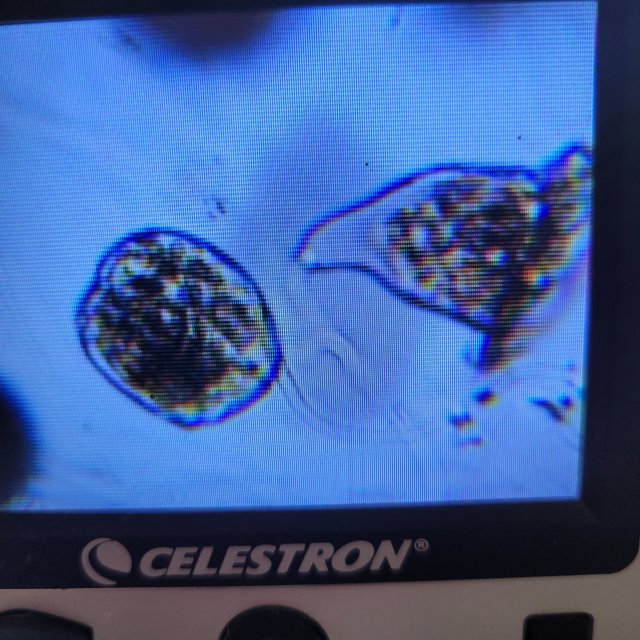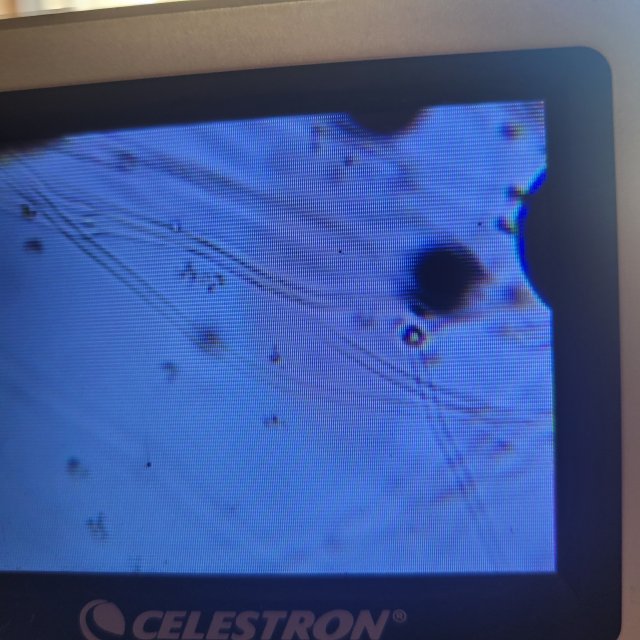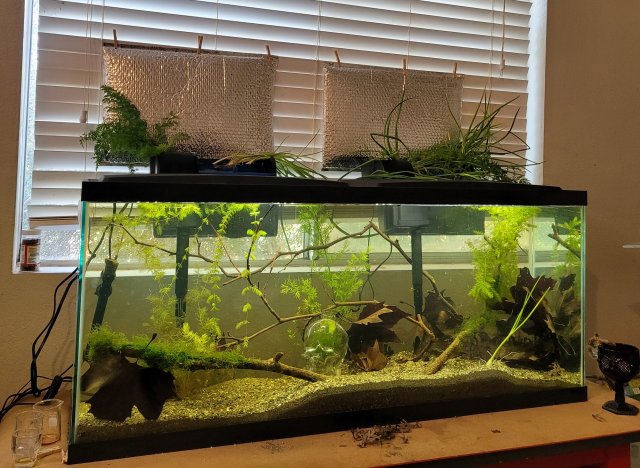THANK YOU!!!
I am a novice and of course it has been easy for me to imagine the worst - I know that life, uh, finds a way - but although I was expecting the pest snails and copeopds, I didn't even know of vorticella.
I think I may also have hydra - should I panic? Burn down the whole tank? The whole house?
There's a ton of organic material in my tank - not only am I likely overfeeding, I also have live plants, driftwood, dried leaves, and some garden plants growing (with mixed success) in my HOBs - many sources of food for tiny critters.
The only invited animals in the tank are a pair of Mystus Leucophasis (who were supposed to be synodontis but are not - but that's a whole other thread). They're babies - mayyyybe 3" max at the moment.
View attachment 1540047
Microorganisms are not necessarily bad even in large population booms but due to the nature of keeping a home aquarium it's extremely difficult to naturally cultivate the inter-species checks-and-balances (aka a proper biome). Additionally, IME, unless you know for a fact certain bacteria or microorganism is causing issues in your tank it's best to not treat anything as it just causes you to spend money and more time fixing a symptom rather than striving for a solution. More than likely there has been a population boom due to the hobbyist's lack of experience in food schedule, tank maintenance, and/or setting up proper filtration. That's why IMO and IME the best way to get the population of microorganisms under control is to cut back on feeding.
Since you claim to be novice, and although this isn't the proper sub-forum for this, i'll go over some info regarding how to set up a proper feeding schedule.
Before all of that, it is imperiative to understand your feed rate is intimately tied to your biological filtration. Inadequate biology filtration will result in a spike of ammonia and nitrite which is extremely toxic depending on your water's ph. I won't go into the numbers & research in this post, but the key takeaway here is make sure you have adequate biological filtration above all else.
Fish farms feed at a rate of approximately 1-5% fish weight a day until the farmed fish are at market weight. Using this as a baseline we can determine that daily commercial dry fish feed/pellets at approximately 1-5% body weight will raise fish that are,
on average,
healthly enough for human consumption even when
heavily stocked. However, as hobbyist we want our fish to not only be merely surviving but thriving in the environments we keep them in.
This does not mean we need to exceed a once daily feed rate of 1-5% body weight; a major mistake and misunderstanding is that fish need to be fed multiple times a day. All fish in the home aquarium can thrive on once a day feeding. In terms of feeding schedules there are two things to take into account outside of the 1-5% body weight feed rate which are: how heavily stocked are your tank(s) and the quality of ingredients used in commercial dry fish pellets.
First, 99.9% of all home aquarium owners will never experience the issue of heavily stocking their tanks/ponds to a level similar to a commerical fishery or public aquarium. It is also why they build all facilities on a river or next to an ocean; it's cheaper to dump and refill the water directly. Similarly, the reason your stocking level matters is because more fish = more food = more waste = eventually more nitrates and microscopic organics building up. As a result you'll need to do more water changes to ensure your water quality is good enough to prevent microorganism blooms (e.g. bacteria, hydras, planeria, etc.) which is effectively inevitable with "bad" water quality unless you do RO + UV filtering in an airlocked room which makes it pointless to try and create a 100% sterile environment outside a lab. The exception to this are
HEAVILY, and I mean HEAVILY, planted tanks. As this is not a planted tank forum or question I won't go too far into this subject but IMO you'll need about atleast 20-100x the biomass of plants to fish to reliably achieve pristine water quality with heavy feeding (while plants do consume nitrates there are other organic and inorganic chemicals that buildup). Ergo, it's unrealisitic and simply cheaper to simply keep your tank stocking light and do routine water changes.
Second, commercial dry fish pellets (and really all non-human dry foods) are not made with the best ingredients. I suggest you read up on
 RD.
RD.
old threads about fish food nutrition to get a more comprehensive read. In short, try looking for foods that have the least amount of terrestial ingrediants as possible. There are several top quality dry pellets such as NLS, Omega One, Northfin, etc. but even medium quality food such as Hikari are still good to feed so long as your fish is willing to eat it as any food is better than 0 food.
Before we get to setting up a feeding schedule, let's go over how to determine your fish's body weigh. The most accurate way to do this is through a scale of course, this is also how public aquairums keep their fish alive and healthy. They train their animals to feed in a specific area and condition them to not fear nets to quickly put them into a pre-weighed scale (pre-weighed because fish need a container full of water) and get a fairly accurate measurement. Of course this works best with medium to large sized fish. However, it is also a lot of work to do this on schedule especially with a tank filled with multiple species. If you're unwilling to put in all that work, as with most hobbyist, the next best options are approximations if you don't raise commerically farmed species (these fish typically have average weight tables based on length of the fish you can look up).
If you want to forgo the 1-5% body weight baseline completely that is also fine as most experienced hobbyist also feed through their experience and estimations. I know of two okay rule of thumbs at the top of my head that many beginners are told that are unlikely to result in severe overfeeding: the 1 minute guideline/"rule" and the eye ball guideline/"rule" . The 1 minute guideline is simply feed only as much food as your fishes can completely consume in 1 minute. After 1 minute remove all uneaten food. The eye ball guideline is to feed only as much food as the fish's eyeball. IME these are not great rules per my own feeding schedule but good enough for beginners to build proper habits.
Finally, to set up a proper feeding schedule you have to identify your own goals and go through trial and error.
For example, with feeding 1-5% total body weight once a day, as the baseline metrics, it is completely possible to achieve good growth but let's say you want exceptional growth. If you start feeding 10-15% body weight once a day you will see your fish grow larger faster compared 1-5% body weight feedings. Additionally, instead of a one-time feeding of 15% body weight you can break it down to 3x a day 5% body weight. Of course there will likely be health coniditons down the line if you continue to feed high % body weight (similar to eating nothing but cheeseburgers for the rest of your life, you'll likely get an organ conidition like fatty liver or congested heart) but for great growth you need a large amount of feed. Additionally, you should remember that more food = more waste = more water changes required.
IME I like to do minimal maintence and feedings after min-maxing hard when I was younger. I have a lot more going on in life now so I can't spend all day long babysitting my tanks and weighing fish anymore so I simply eyeball my daily feeding to ensure my fish have a "filled" look in their belly depending on their size & development (fingerling, adolescent, adult). The older the fish the less "filled" out I want it to be to ensure it's not developing any fatty organ problems and to make sure it stays partially hungry.
HTH


 youtube.com
youtube.com












 , but you can rest assured that freshwater hydras are not known to cause issue to fish that aren't 1mm fingerlings. However, water changes are the best solution to your immediate high TDS issue (total dissolved solid which is the measurement of all organic & inorganic substences) which should eventually starve and force those organisms into dormancy or death until conditions for their survival return.
, but you can rest assured that freshwater hydras are not known to cause issue to fish that aren't 1mm fingerlings. However, water changes are the best solution to your immediate high TDS issue (total dissolved solid which is the measurement of all organic & inorganic substences) which should eventually starve and force those organisms into dormancy or death until conditions for their survival return.